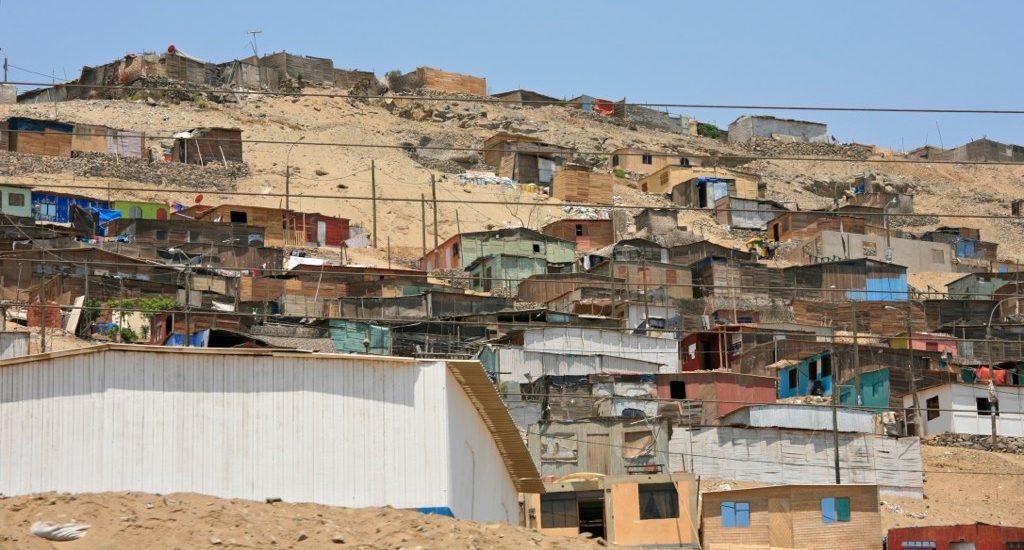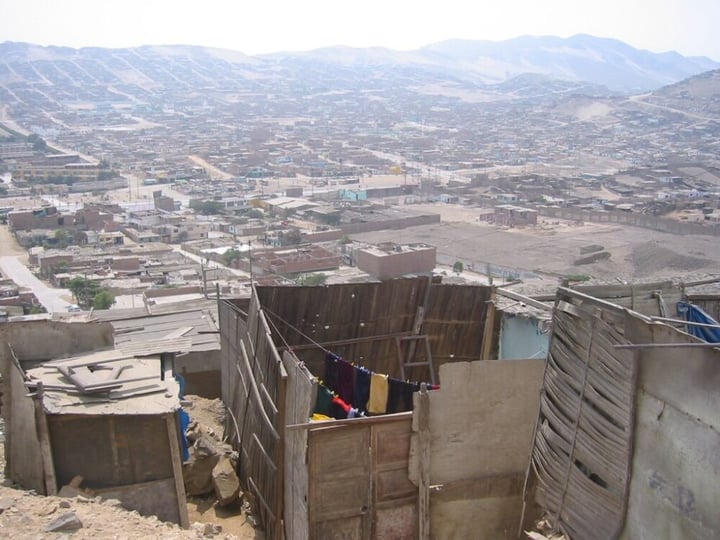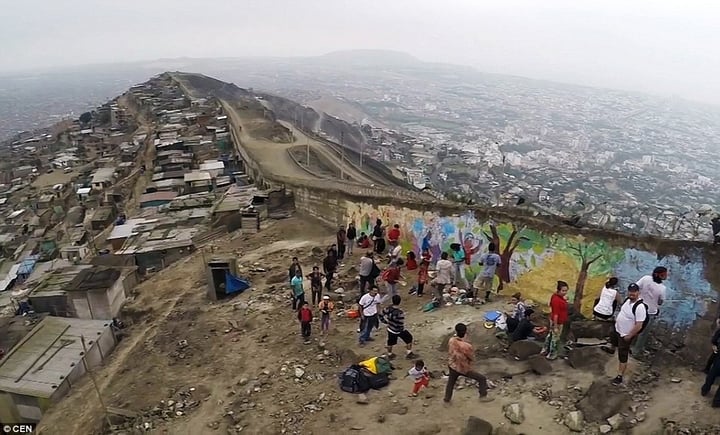
The Lima Wall of Shame: A Symbol of Class Divide
The Lima Wall of Shame stands as a striking symbol of inequality and social division in Peru. Erected to separate wealthy neighborhoods from Lima slums, this wall is not just a physical barrier but a stark reminder of the deep-rooted economic disparities and the persistence of poverty in Peru. It divides the affluent district of La Molina from the impoverished area of Villa María del Triunfo, highlighting the extreme class divide within the city. This situation ties into the broader conversation about safe housing’s role in breaking the cycle of poverty.

The History Behind the Wall
The Lima Wall of Shame was built in the early 2000s to reduce crime and prevent land invasions from neighboring slums. Stretching for miles, this wall, resembling a smaller version of the infamous Berlin Wall, is made of concrete and barbed wire. Proponents argued it was necessary for security, but it quickly became a symbol of exclusion, separating Lima’s wealthiest citizens from some of its poorest. Understanding this divide helps highlight what individuals can do to assist the unhoused and marginalized.

The Wall’s Lasting Impact on Social Division
More than just a physical structure, the Lima Wall of Shame has perpetuated a sense of division and marginalization in the city. Those living in Lima slums face social and economic isolation, further deepening the gap between the rich and poor. While the wall may have been justified by its builders as a crime prevention measure, the long-term consequences are clear: it reinforces the notion that wealthier citizens deserve protection from the less fortunate, perpetuating systemic inequality.
While some sections of the wall have been taken down over the years, much of it remains, and it continues to be a source of contention in the city. Various human rights groups have criticized the wall as an overt symbol of exclusion and neglect, urging for a more inclusive approach to addressing poverty in Peru. They argue that rather than building walls, the government should invest in infrastructure and services to uplift the communities on the other side.

How the Wall Reflects Broader Issues of Inequality in Peru
The Lima Wall of Shame is a microcosm of the broader inequality faced by many in Peru’s poverty-stricken areas. While Peru has seen economic growth over the past decade, this wealth has not been evenly distributed. Much of it remains concentrated in urban centers, particularly in affluent neighborhoods like those adjacent to the wall. Meanwhile, marginalized communities continue to struggle with basic necessities. The presence of this wall only accentuates the disconnect between different socio-economic classes.
Though solutions like affordable housing and increased public services have been proposed, progress has been slow. The wall serves as a physical manifestation of the economic and social barriers that prevent meaningful change.

Breaking Down Barriers
There have been ongoing efforts by non-profit organizations, activists, and local leaders to bridge the gap between Lima’s divided communities. By fostering dialogue and investing in community development, these groups aim to address the root causes of poverty in Peru rather than building walls. Ensuring access to education, healthcare, and economic opportunities is key to dismantling the structural inequalities that the Lima Wall of Shame represents.
It is only by tearing down these barriers—both physical and societal—that true progress can be made. As Peru continues to evolve, the hope is that the wall will one day be seen as an unfortunate relic of the past, replaced by policies and infrastructure that promote unity and equal opportunity for all its citizens.
Safe Homes Movement - Paving the Way for Housing Solutions
The Lima Wall of Shame is a reminder of the stark contrasts between poverty and wealth. Join the conversation on how we can break down these barriers. Download our brochure to learn how we’re addressing poverty in Peru through safe, affordable housing: Safe Homes Brochure.



